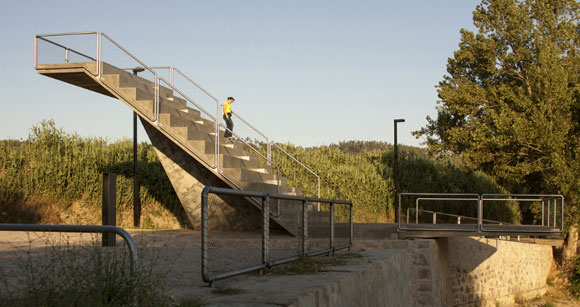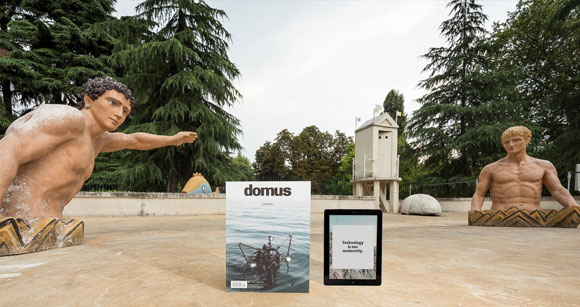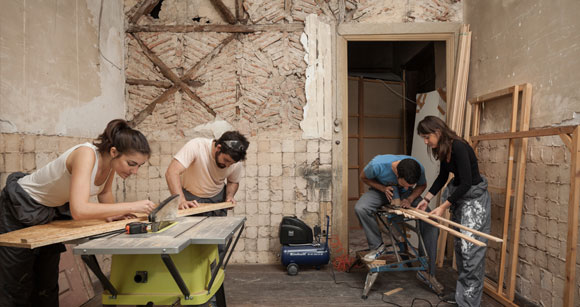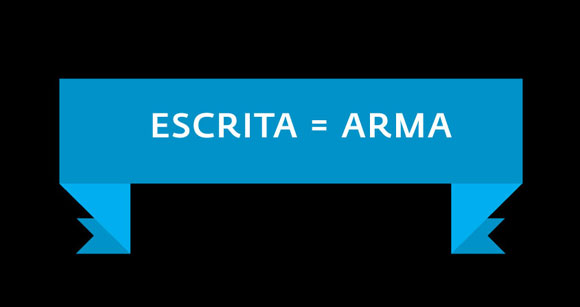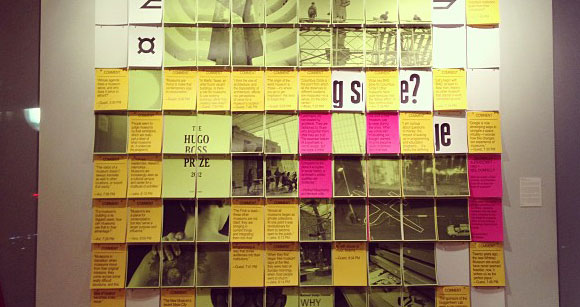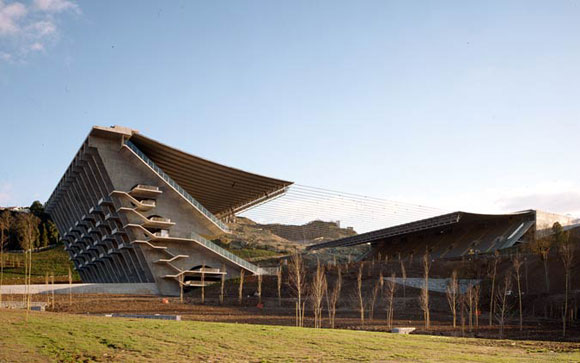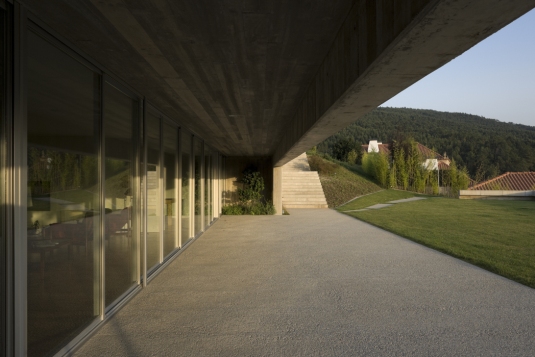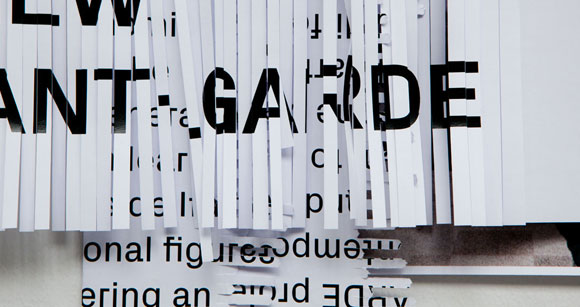
Towards a New Avant-Garde. Photo by Alicja Dobrucka
I’m proud to announce Towards a New Avant-Garde, a three-part event series that will take place on the first weekend of the 2014 Venice Architecture Biennale! Within the Monditalia exhibition at the Arsenale, the events will trace parallels between distinct generations, seeking to understand what lessons can still be learned from the Italian architectural impulses of the 60s and 70s, and how they can be best  applied by the newest generation of architects in Italy and abroad. Lead by Superscript, the event is a collaborative effort with author and scholar Catharine Rossi and researcher and scholar Rossella Ferorelli, and the design team includes architects DEVspace and interaction designer Thibault Brevet. More info over at the Superscript blog— see you in Venice, and #stayradical!


